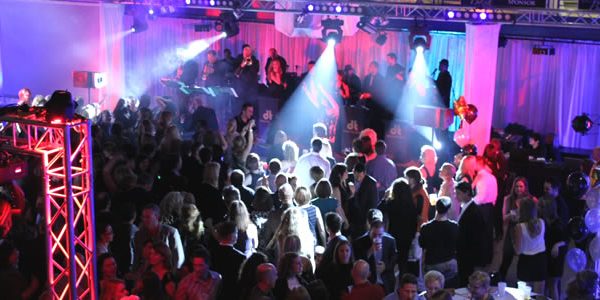Starting another online company or taking a present Business online can seem to be frightening or overwhelming, nevertheless figuring out the way to commence an internet company does not have to get muddled. Like everything else, even in case you create an arrangement and also make it stride by measure, you will be prepared for activity in a matter of moments. There are just some basic things which you need to think about and actions you need to take, in order to create an effective online business. These are the essential strides to profitable internet based boosting and you will see bunches of free info and the way top’s on the internet in posts and talks, to help you with establishing every development. On the flip side, you may be someone who likes to have all of the information in 1 spot and, after again, you may see heaps of supplies for lessons and tips on the perfect method to start your internet promoting company, on the internet.
One of those items that I have as of late scrutinized is That the Internet Business Start up Kit, which I will use as a motive for what you ought to be looking for in a guide for internet showcasing. The Internet Business Start Up Kit, provided by Neil Stafford and Neil Travers of KTS Publishing, is meant to be a one-stop wellspring of information, resources and backup expected to create your own web showcasing company with no preparation and receive bargains coming in as quickly as you can and look at Bernard Brozek. The guide, reports, DVDs, CDs and online preparing offices gave as a significant facet of the Kit and its Bonus sections make you through each of the strides of earning an online business in a consistent and simple manner.
Topics secured include, statistical surveying, List construction, thing development, framing a website, copywriting, and marketing procedures. All set out using complete subtleties of things to do and when to perform it. The information in the guide will enable anybody to. Find a sensible market using the catchphrase search processes gave. Get knowledgeable about the benefits of writing to get a website and set up a site fast and efficiently to earn a rundown of starving customers. Find where to find all of the information expected to earn an educated and saleable product. Spare time and put an item website basically and without master info, using the website formats gave. Effectively compose direct mail advertisements and email copy, without a copywriting experience, using the direct mail advertising formats gave. Employ a boosting campaign using appropriate procedures to your product. Prepare the setup offices to your internet based boosting company, and see how the cash come streaming in.







 Event planning and Tasks are dull and at times. This is why professional event managers utilize event checklist and guidelines because they know well that this is a job that entails accountability that is huge. They will not take chances being consumed by the hustle-bustle of this process that they may overlook and cannot. Checklists are crucial, especially. If You are new in this Field and might want to make a name which you are working to establish, make a mistake of not creating a checklist and do not be complacent as matters may going wrong. Planning an event no matter scale is definitely you as the event planner are responsible for each detail and a job is your responsibility. An event would ruin the affair and can create a mess. To prevent understand that any event has to be planned weeks to ensure an affair that organized. A well-experienced Company knows the value of forming a group that would handle two events or one.
Event planning and Tasks are dull and at times. This is why professional event managers utilize event checklist and guidelines because they know well that this is a job that entails accountability that is huge. They will not take chances being consumed by the hustle-bustle of this process that they may overlook and cannot. Checklists are crucial, especially. If You are new in this Field and might want to make a name which you are working to establish, make a mistake of not creating a checklist and do not be complacent as matters may going wrong. Planning an event no matter scale is definitely you as the event planner are responsible for each detail and a job is your responsibility. An event would ruin the affair and can create a mess. To prevent understand that any event has to be planned weeks to ensure an affair that organized. A well-experienced Company knows the value of forming a group that would handle two events or one.